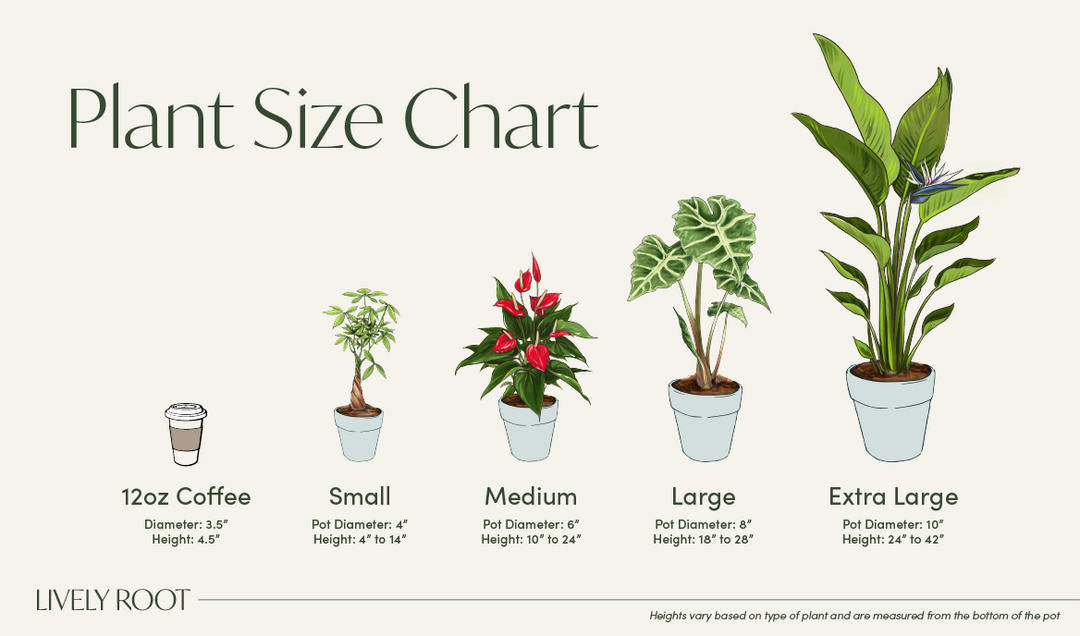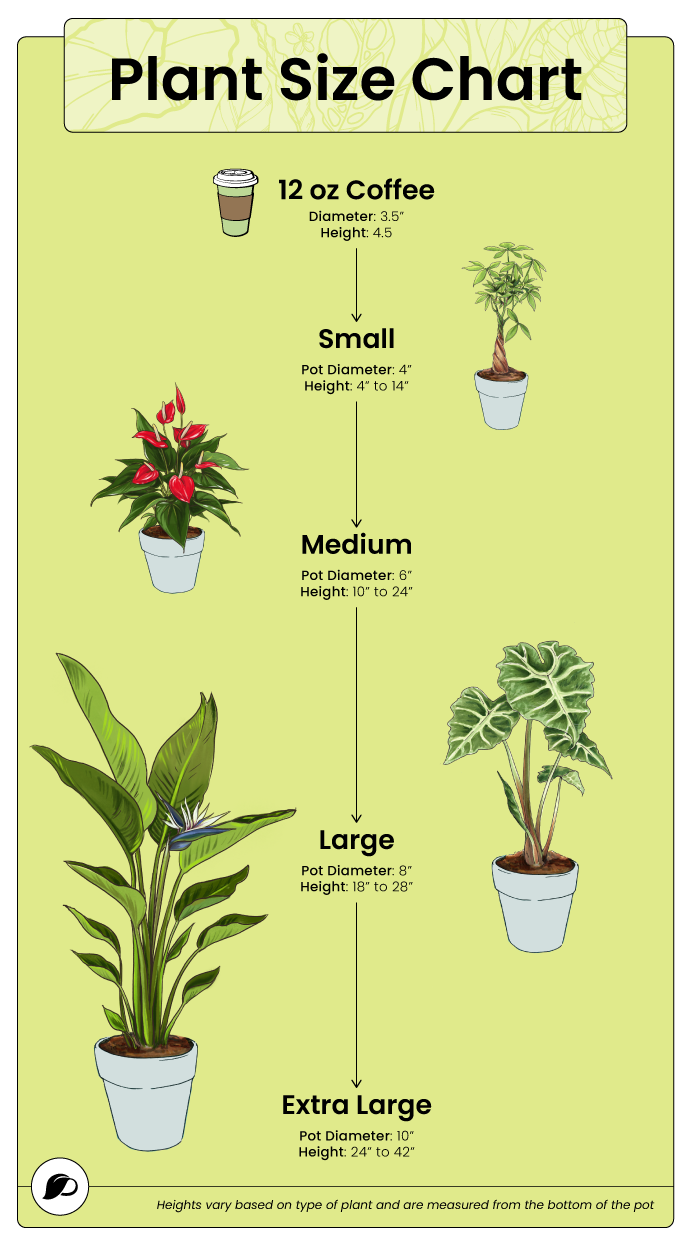Gift Card Balance
Enter the code below to redeem your gift card

The Japanese Bird's Nest Fern, known scientifically as Asplenium nidus, is an epiphytic plant akin to Bromeliads. It boasts large, glossy fronds that radiate from a central rosette, resembling a bird's nest. Typically thriving in USDA hardiness zones 10-12, this fern belongs to the Aspleniaceae family and originates from tropical regions across Asia, Australia, and parts of Africa. It prefers bright, indirect light and moderate care, requiring consistent moisture and high humidity like its relative, the Bird’s Nest Fern.
In Feng Shui, it symbolizes growth, prosperity, and new beginnings. Importantly, it is generally non-toxic to pets, making it a safe choice for homes with animals.
The Japanese Bird’s Nest Fern plant is relatively easy to care for, making it suitable for novice and experienced plant enthusiasts alike.
Place the fern in indirect light or filtered sunlight, as direct sun can scorch its delicate fronds. Keep the soil consistently moist but not soggy. Water when the top inch of soil feels dry, and ensure good drainage to prevent root rot.
Maintain temperatures between 65-75°F (18-24°C) year-round. Avoid placing the fern near drafts or heating vents. The Japanese Bird’s Nest Fern prefers high humidity. Increase humidity by placing it on a humidity tray.
A well-draining, peat-based potting mix with added perlite orchid bark ensures adequate moisture retention. Feed your plant every two weeks during the spring and summer. Repot every 1-2 years or when the plant outgrows its container. Choose a slightly larger pot with fresh potting mix.
Propagate Japanese Bird’s Nest Fern through division. Carefully remove the plant from its pot and gently separate the root ball into smaller sections with healthy roots and fronds. Replant these divisions in separate pots with fresh potting mix. Seasoned indoor gardeners can try to propagate this fern from its spores.
Regularly remove any dead or yellowing fronds by cutting them off at the base. This encourages new growth and keeps the plant looking healthy. Clean the leaves gently with a damp cloth to remove dust. This enhances the fern’s appearance and allows for better photosynthesis. Watch for yellowing or browning fronds, indicating overwatering or underwatering. Adjust watering accordingly. Brown leaf tips may indicate low humidity or direct sun exposure.
Nest Ferns are versatile additions to any indoor environment. Their lush foliage and easy maintenance complement various decor styles.
Bird’s Nest Ferns thrive alongside certain plant combinations that complement their needs and environment.
If you’re looking for plants similar to the Japanese Bird’s Nest Fern, consider these alternatives, available on Lively Root.
Transform your home or office with the lush greenery and elegance of a Japanese Bird's Nest Fern! Order yours today and experience the benefits of this stunning, air-purifying plant!
Follow us @livelyroot & show us your #livelyroot plants

